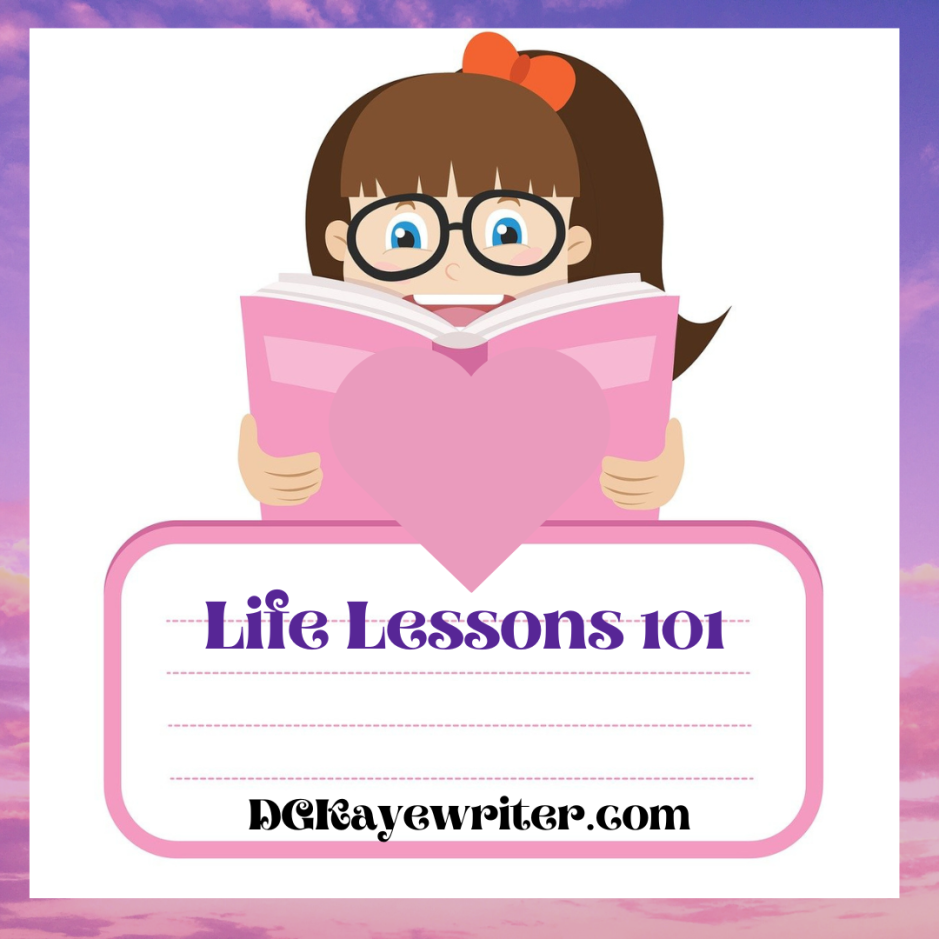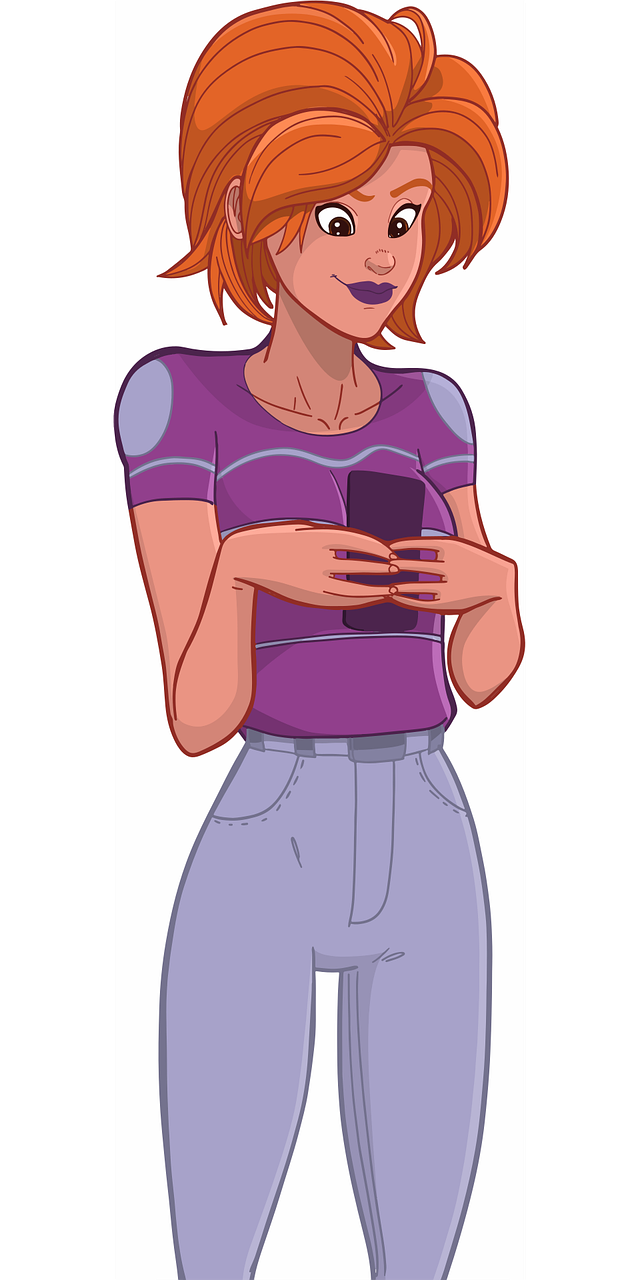Welcome to my Sunday Book Review. Today I’m reviewing a book I enjoyed by author Shana Abe, An American Beauty: A Novel of the Gilded Age. This is the second book I’ve read from this author after reading The Second Mrs. Astor, and I’m sure it won’t be the last as Abe takes us into the story of Arabella (nee) Yarrington and her poor beginnings before being discovered by the wealthy Collis Huntington as she struggled and sacraficed on her rise to riches in the Gilded Age.
.
Blurb:
“Abé is an exquisite storyteller.” —Fiona Davis, New York Times bestselling author of The Magnolia Palace
The New York Times bestselling author of The Second Mrs. Astor returns with a spellbinding new book perfect for fans of HBO’s The Gilded Age and readers of Marie Benedict, Karen Harper, and Allison Pataki. This sweeping novel of historical fiction is inspired by the true rags-to-riches story of Arabella Huntington—a woman whose great beauty was surpassed only by her exceptional business acumen, grit, and artistic eye, and who defied the constraints of her era to become the wealthiest self-made woman in America.
1867, Richmond, Virginia: Though she wears the same low-cut purple gown that is the uniform of all the girls who work at Worsham’s gambling parlor, Arabella stands apart. It’s not merely her statuesque beauty and practiced charm. Even at seventeen, Arabella possesses an unyielding grit, and a resolve to escape her background of struggle and poverty.
Collis Huntington, railroad baron and self-made multimillionaire, is drawn to Arabella from their first meeting. Collis is married and thirty years her senior, yet they are well-matched in temperament, and flirtation rapidly escalates into an affair. With Collis’s help, Arabella eventually moves to New York, posing as a genteel, well-to-do Southern widow. Using Collis’s seed money and her own shrewd investing instincts, she begins to amass a fortune.
Their relationship is an open secret, and no one is surprised when Collis marries Arabella after his wife’s death. But “The Four Hundred”—the elite circle that includes the Astors and Vanderbilts—have their rules. Arabella must earn her place in Society—not just through her vast wealth, but with taste, style, and impeccable behavior. There are some who suspect the scandalous truth, and will blackmail her for it. And then there is another threat—an unexpected, impossible romance that will test her ambition, her loyalties, and her heart . . .
An American Beauty brings to vivid life the glitter and drama of a captivating chapter in history—and a remarkable woman who lived by her own rules.
“This story of one woman’s ascent offers a fascinating look at the choices she made to become a Gilded Age titan.”— Kirkus Reviews
.
My 5 Star Review:
This is the second book I’ve read from Shana Abe and won’t be the last. The Second Mrs. Astor had me turning the pages, and this book written in a similar timeframe was just as engaging.
This is historical fiction at its finest. I will start by saying, I enjoyed the author’s note after the end which shares some lovely tidbits the author researched on the real Arabella and Collis Huntington and how philanthropic they both were – never forgetting their own humble beginnings. This is a grand story of Arabella (nee) Yarrington, a beautiful and clever young girl who has an incredible rags to riches story from working in a gambling parlor for slimey Johnny Worsham, to becoming a mistress to, and finally, marrying the uber wealthy railroad magnate, Collis Huntington, and becoming the richest women in the country. Collis gave her a start with her sharp business ideas, and from that Belle built her own empire, never wanting to go back from whence she came. Belle was a determined and sharp woman. And despite their initial shady introduction to one another, and the fact that Collis was married when they met, and eventually shared a child together, they managed to keep their heads high in society by staying out of gossip papers and not keeping circles with the elites of the gilded age.
Abe takes us into rich descript settings, and well painted characters which draw us into this fascinating historical transformation of one powerful young woman who will stop at nothing to secure her family and herself to change her destiny. And despite the gossip, jealousy, and snootiness of the upper class circles she’s moved up to, Belle manages to overcome whatever is thrown her way.
Arabella is a beautiful and clever seventeen year old, working as a barmaid in the parlor to support her widowed mother and four siblings in Richmond, Virginia. Collis Huntington frequents that parlor and is smitten by Arabella. They begin an affair, and Arabella learns well how she can move Collis to her wants and whims, and has him relocate herself and her family to New York City, where both Arabella and her family have their own rented mansions paid by the wealthy Huntington as Arabella (Belle) reinvents herself.
Arabella’s lifestyle and the coming and going visits by Collis cause a lot of curious gossip. She’s rising up the ranks in her position in society under the guise as ‘the widow Worsham’ so as not to be taken as a mistress riding on the coat tails of Collis Huntington. Nobody yet knows that Belle’s son is also the son of Collis, and the storyline glides nicely along as the secret is kept – until it’s not. While Belle hopes and waits for Collis to become all hers, she is faced with a nagging heart throb after meeting Collis’s nephew, Edward Huntington, who is Collis’s righthand man in his business world.
Collis and Belle share a wonderful life together and as independents from one another. Belle is a strong woman mentally, not easily offended by society, and admittedly very happy with her life. She loves Collis very much and he adores her, and Belle remained faithful to him, grateful for all he has done and given her, smart enough to know that she wouldn’t risk her happy life for fleeting romance.
This story was well researched and beautifully written with wonderful descriptions of cities and homes and decor of the era in the late 1800s. Belle’s homes in New York were neighbors to the Rockefellers, Vanderbilts, et al, of the era after the Civil War and old money and real estate was ripe for those who could afford it. The Gilded Age has been mentioned as a time of the reconstruction and industrialization in America between the 1870s and 1890s, a time of great change, great successes and great losses, political corruption, and excess. No doubts the slogan ‘Keeping up with the Jones’s’ was coined back then, actually in 1913 when a comic strip became popular about the times they were living in.
I look forward to reading more from this author.
©DGKaye2024








